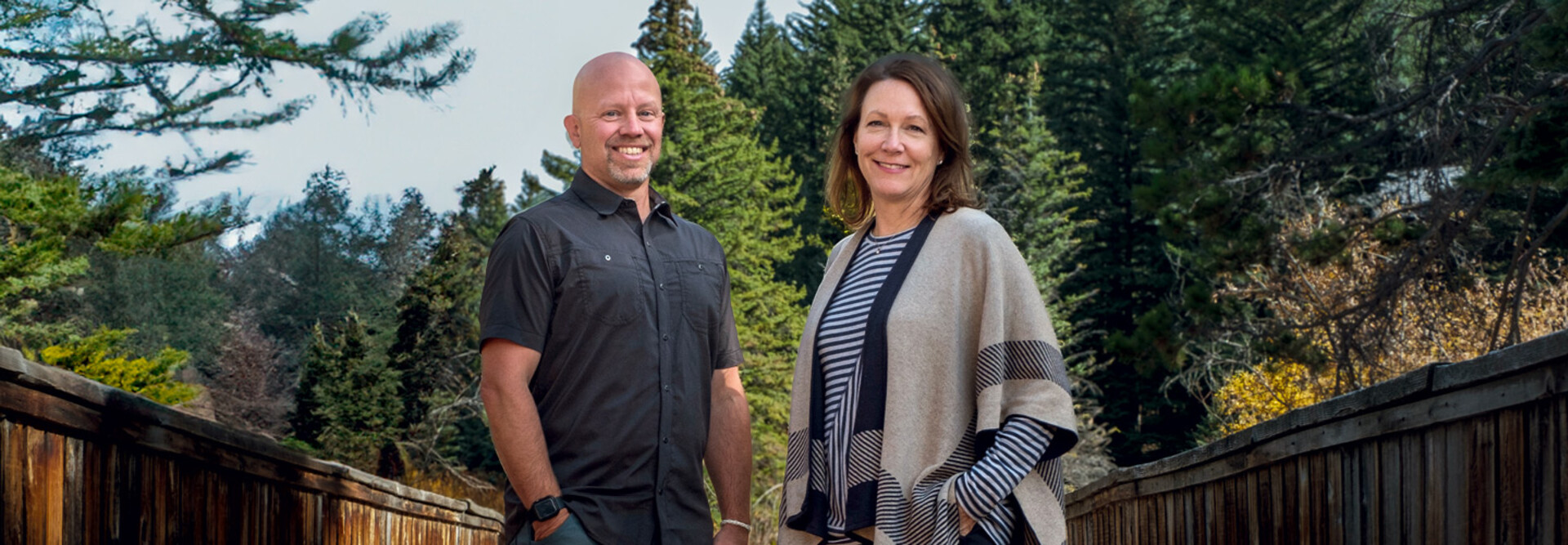There’s also a newly introduced wayfinding tool for hospital patients and visitors. Today, when someone arrives at the facility and isn’t sure where to go, they can either talk to a hospital volunteer or scan a QR code with their phone to get personalized directions based on their location. “You don’t have to download or sign up for anything,” Milam says.
When it comes to patient engagement, Vail Health evolves as new technologies become available and interoperability between systems becomes more feasible, adds CIO Julie Jackson: “If it’s technology that can augment our human resources, that’s something we’re interested in.”
Across Colorado Mountain Medical (a Vail Health network of primary and specialty care providers), for instance, they just adopted a patient “accelerator” tool that allows the organization to text patients about last-minute appointment openings due to cancellations. CMM is also currently onboarding a real-time scheduling platform.
“We want to put healthcare at your fingertips,” Jackson says. “When we do that, everyone wins.”
Integrated Platforms Improve Patient Access for Rural Communities
For the 1 in 5 people who live in rural America, accessing healthcare has become harder than ever. More than 70% of hospital closures in recent years have occurred in rural areas, and yet rural residents are disproportionately older and sicker than their urban counterparts.
That disconnect has led some healthcare organizations to ramp up patient outreach in an effort to ensure the people in their communities get the care they need. For some, this has meant learning to lean on technology, from automated appointment reminders to virtual care.
One way that facilities have found success is by using EHRs that either come with built-in patient engagement tools or that can integrate such technologies.
“Less common are piecemeal solutions,” says Mike Rowland, a telehealth specialist with the National Rural Health Resource Center. “Most are moving toward platforms that easily work together.”












